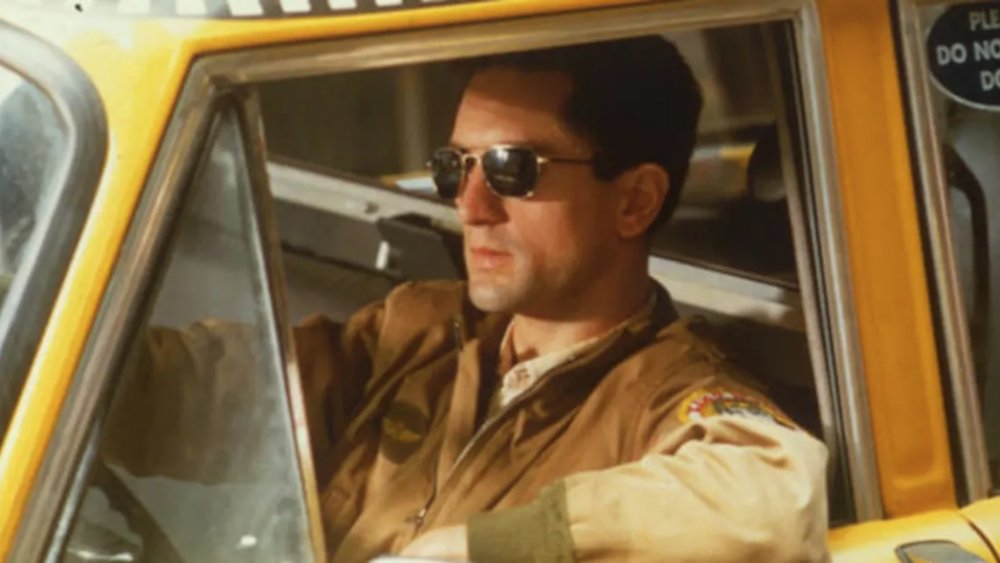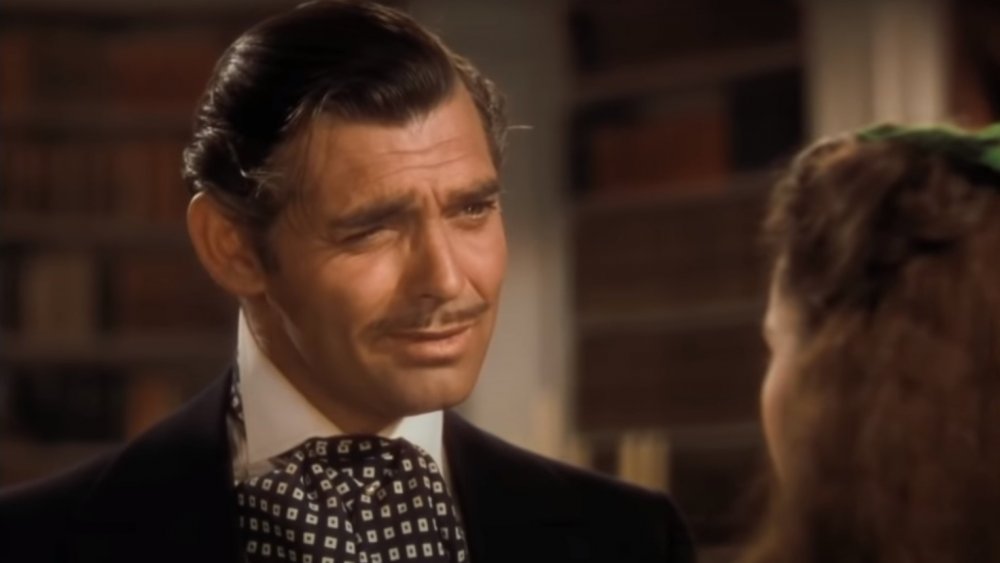How Movies And TV Shows Get Around Censors
In April of 1896, alleged elephant nemesis Thomas Edison released The Kiss, a short film in which stage actors John Rice and May Irwin totally went to mouth town on one another. The whole thing seems innocuous enough: Rice swoops in for a smooch, the two exchange words, maintaining a facial distance generally reserved for the more testosterone-charged sequences in Top Gun. As the movie draws to a close, Rice plants a dry, closed mouth smooch on Irwin. The whole ordeal takes about 18 seconds. Pacing is an issue, but otherwise, three out of four stars.
Critics were harsh. Filmsite claims that the Catholic Church cried out for moral reforms. Editorials in newspapers around the country supposedly demanded action. In short, movies have been under the thumb of the public's perceived threshold for outrage since back when a locomotive driving straight at the screen was still the moviegoing event of the summer. By 1907, the city of Chicago had become the first place in the United States to enact local film censorship laws, no doubt because there was nothing else to worry about in Chicago at the time. It didn't take long for national review boards to congeal.
All told, standards for censorship have loosened in recent years — the Sedition and Espionage Acts of 1918 made it illegal to bad mouth the United States government, flag, military, and Constitution in public, which would, if nothing else, have made Frost/Nixon about an hour and forty minutes shorter. Even so, the MPAA continues to reign supreme, with final, largely arbitrary say over what is and isn't fit for the consumption of general audiences ages 13 and older. And where there's rules, there's almost always some "artiste" figuring out a way around them.
Frankly, it's easier to just not give a (redacted)
There are plenty of ways to outsmart censorship, and a filmmaker's chosen workaround has to be tailor-made for the occasion.
Maybe the higher ups have a problem with the amount of blood and gore in a movie, as they did with 1974's Taxi Driver. In the book Movie Moguls Speak, producer Michael Phillips claimed that the amount of gushing bodily fluids at the end of Taxi Driver led to the MPAA wanting to collar the film with an X rating, which was about as close to a death sentence as you could hand to a motion picture. The production team, rather than spending time and an already minuscule budget on reshoots, sent the same film back over and over again, desaturating the red in the blood a little bit each time. Eventually, the ratings board sent a congratulatory note, according to Phillips, "on changes that we never made." Mental Floss reports that Quentin Tarantino was pulling a similar move when he presented the Crazy 88 fight scene from Kill Bill Volume 1 in black and white – he was trying to avoid an NC-17 rating.
If you're looking to sneak some potty language past The Man, there are traditionally a couple of ways to do it. You could go the route of Best Picture winner Gone With The Wind and hold enough financial and political sway to convince film censors to change their own rules, allowing Clark Gable to give or not give as many damns as he feels like. Alternately, you could do what Joss Whedon did when he had Loki call Black Widow a "mewling quim" — dress the profanity up real fancy and hope nobody notices.

